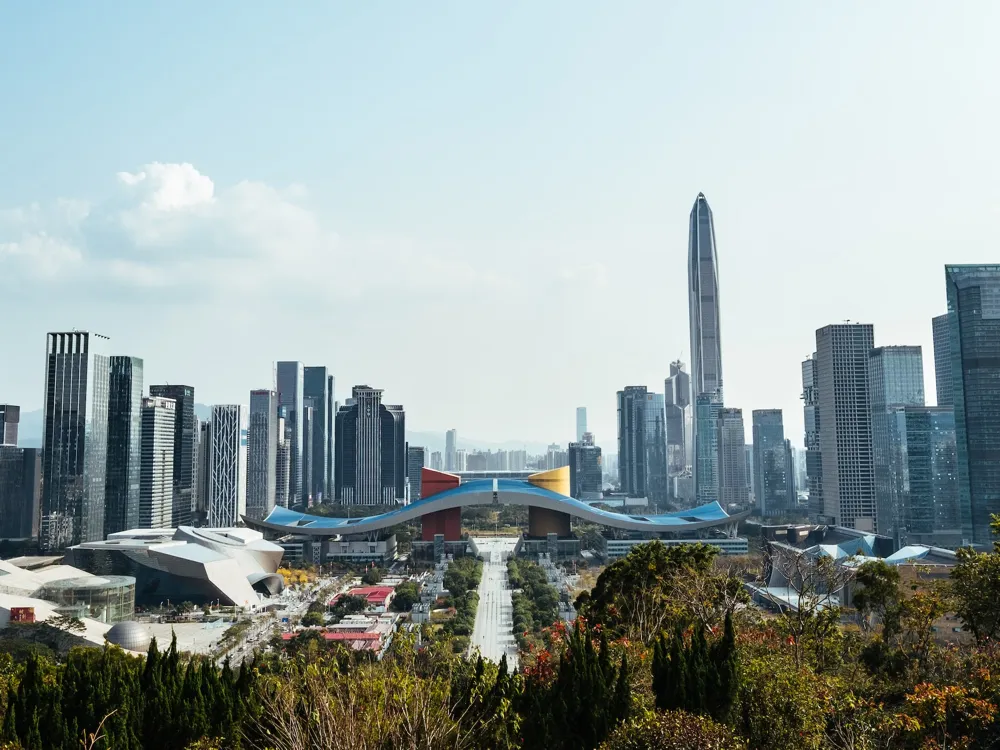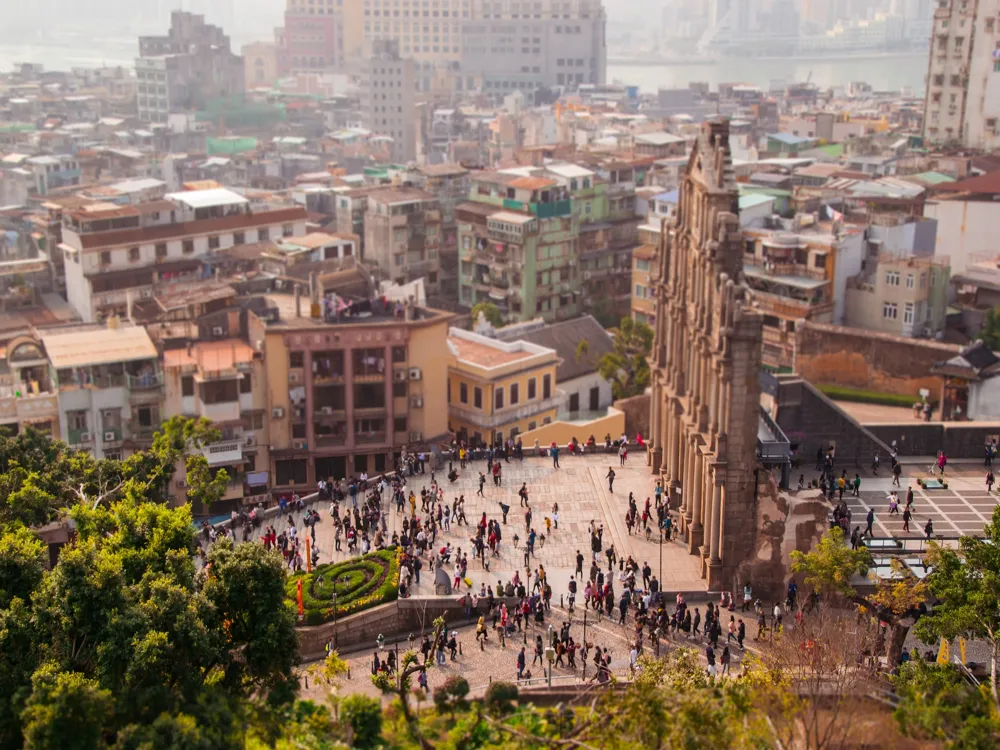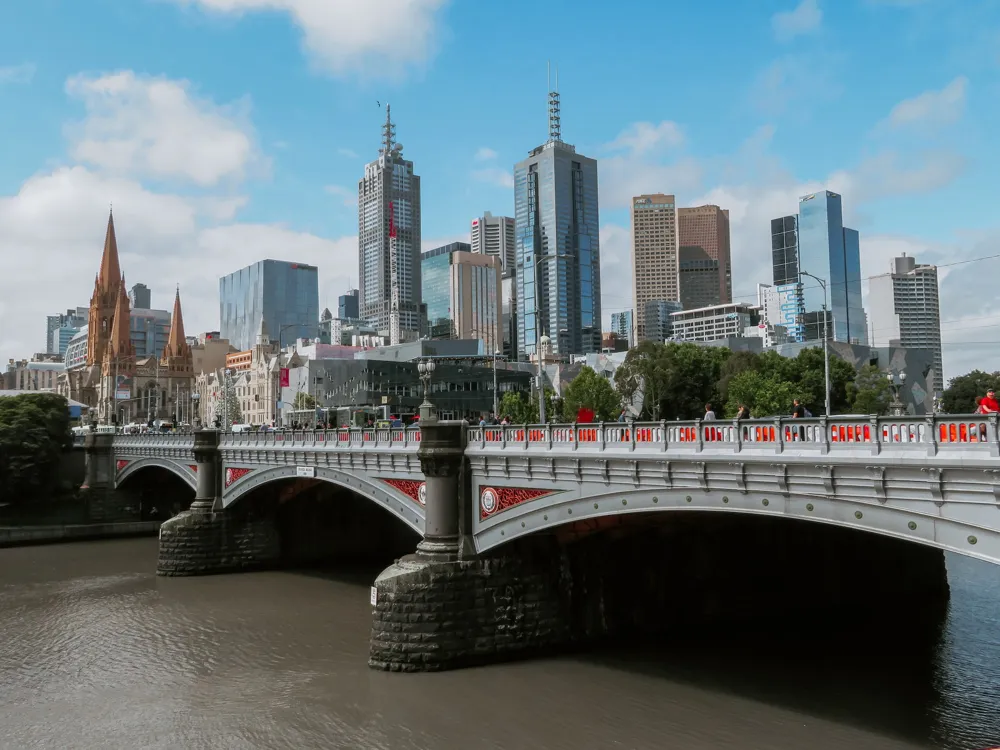Nestled in the heart of Hong Kong, the Holy Trinity Cathedral stands as a beacon of spiritual and architectural magnificence. This cathedral, a cornerstone of the city's Christian community, is not just a place of worship but also a symbol of the harmonious blend of cultural and historical influences that shape Hong Kong. In this comprehensive overview, we delve into the history, significance, and unique aspects of the Holy Trinity Cathedral, offering an insightful glimpse into one of Hong Kong's most revered landmarks. The Holy Trinity Cathedral's story begins in the early 20th century, marking a pivotal moment in Hong Kong's religious landscape. The foundation stone was laid with a vision to create a space that would serve the growing Anglican community. Over the years, the cathedral has witnessed significant historical events, reflecting the socio-political changes in Hong Kong. It has served as a sanctuary during tumultuous times, offering peace and solace to many. Architecturally, the cathedral is a masterpiece. Its design incorporates elements from various styles, creating a unique aesthetic that resonates with both local and international visitors. The intricate stained glass windows, the grandiose altar, and the soaring spires are just a few of the elements that contribute to its majestic appearance. The Holy Trinity Cathedral is not only a place for religious ceremonies but also a hub for cultural and community events, playing a pivotal role in the city's social fabric. The cathedral's significance extends beyond its physical boundaries. It has been a bastion of hope and resilience, standing tall through both celebrations and challenges. Its role in promoting interfaith dialogue and community service is commendable, making it a true embodiment of the spirit of Hong Kong. As we explore the nooks and crannies of this magnificent edifice, we uncover stories of faith, hope, and unity that are woven into the very fabric of the Holy Trinity Cathedral. The Holy Trinity Cathedral in Hong Kong is a marvel of architectural design, embodying a rich tapestry of historical and cultural influences. This section delves deep into the architectural nuances of the cathedral, exploring its design elements, structural features, and the artistic impressions that make it an iconic landmark. The cathedral's architecture is not just a testament to aesthetic grandeur but also a reflection of the historical and cultural ethos of Hong Kong. The cathedral's design is a harmonious blend of Gothic and modern architectural styles. The Gothic elements are evident in its pointed arches, ribbed vaults, and flying buttresses, which are seamlessly integrated with modern design principles. This fusion creates a unique visual narrative that speaks volumes about the city's colonial past and its progression toward modernity. The use of local and imported materials in the construction further adds to the cathedral's distinctive character. One of the most striking features of the cathedral is its stained glass windows. These windows are not just decorative elements but also storytellers, illustrating biblical scenes and local Christian narratives. The play of light through these windows creates a mesmerizing ambiance within the cathedral, evoking a sense of divine presence. The attention to detail in each window reflects the craftsmanship and artistic prowess of the creators. The interior of the cathedral is equally impressive. The high altar, with its intricate carvings and ornate design, stands as the focal point of the sanctuary. The wooden pews, the choir stalls, and the organ loft are crafted with precision, adding to the sacred atmosphere. The use of marble, wood, and brass in the interior design not only enhances the aesthetic appeal but also symbolizes the enduring strength and resilience of the Christian faith. The Holy Trinity Cathedral's architecture is a physical manifestation of the cultural melting pot that is Hong Kong. It symbolizes the confluence of East and West, tradition and modernity, creating a space that is both timeless and contemporary. As we explore each element of the cathedral's architecture, we uncover layers of history and artistry that contribute to its status as a monumental edifice in Hong Kong. When visiting the Holy Trinity Cathedral, it's important to dress modestly and respectfully. Avoid wearing revealing or flashy attire. Remember, the cathedral is a place of worship, so maintaining a serene and respectful demeanor is essential. Silence your phones and speak softly to preserve the sanctity of the space. While photography is generally allowed, it's crucial to be mindful of ongoing services and ceremonies. Avoid using flash photography as it can be disruptive. Always check for any specific photography restrictions in certain areas of the cathedral. To enhance your experience, consider joining a guided tour. These tours offer deeper insights into the cathedral's history, architecture, and religious significance. Check the cathedral's website or contact the administration for tour schedules and availability. The Holy Trinity Cathedral is accessible to visitors with mobility challenges. There are ramps and designated areas to ensure a comfortable visit for everyone. However, it's advisable to check in advance for any specific accessibility needs. The cathedral has specific visiting hours, usually outside of worship times. The best time to visit is during weekdays when it's less crowded. This allows for a more peaceful and contemplative experience. Always check the cathedral's official website for the most up-to-date visiting hours. Located in the vibrant city of Hong Kong, reaching the Holy Trinity Cathedral is convenient and straightforward. The cathedral is well-connected by Hong Kong's efficient public transport system. You can easily access it by MTR, bus, or taxi. The nearest MTR station to the cathedral is the Central Station, which is just a short walk away. From the station, follow the signage leading to the cathedral. For those preferring to take a bus, several routes stop near the cathedral. Check the local bus services for the most suitable route. Taxis are another convenient option, especially if you're traveling from a different part of the city or with a group. The drivers are familiar with the location and can navigate Hong Kong's busy streets smoothly. For a more scenic route, consider taking the Star Ferry to Central and then walking or taking a short taxi ride to the cathedral. Regardless of your mode of transportation, the journey to the Holy Trinity Cathedral is an experience in itself, offering a glimpse of Hong Kong's dynamic cityscape and vibrant culture. Read More:Overview of Holy Trinity Cathedral of Hong Kong
Architecture of Holy Trinity Cathedral
Tips When Visiting Holy Trinity Cathedral
Dress Code and Conduct
Photography Guidelines
Guided Tours
Accessibility
Visiting Hours and Best Time to Visit
How To Reach Holy Trinity Cathedral
Holy Trinity Cathedral
Hong Kong
NaN onwards
View hong-kong Packages
Hong-kong Travel Packages
View All Packages For Hong-kong
Top Hotel Collections for Hong-kong

Private Pool

Luxury Hotels

5-Star Hotels

Pet Friendly
Top Hotels Near Hong-kong
Other Top Ranking Places In Hong-kong
View All Places To Visit In hong-kong
View hong-kong Packages
Hong-kong Travel Packages
View All Packages For Hong-kong
Top Hotel Collections for Hong-kong

Private Pool

Luxury Hotels

5-Star Hotels

Pet Friendly




















